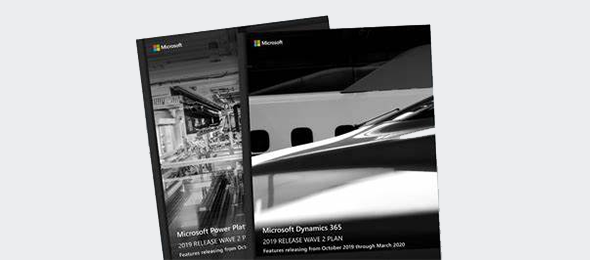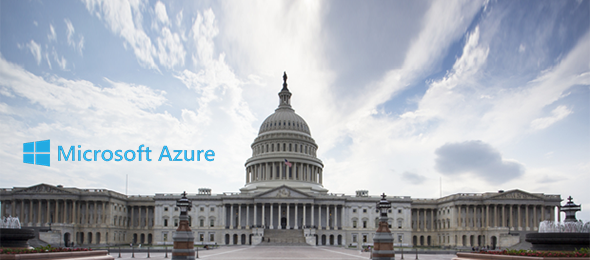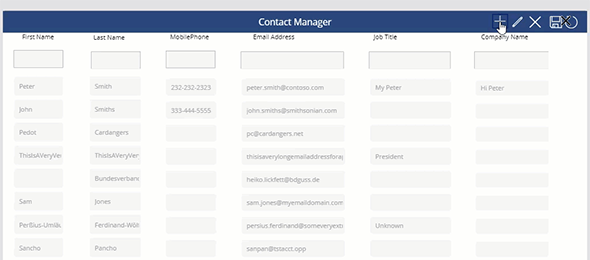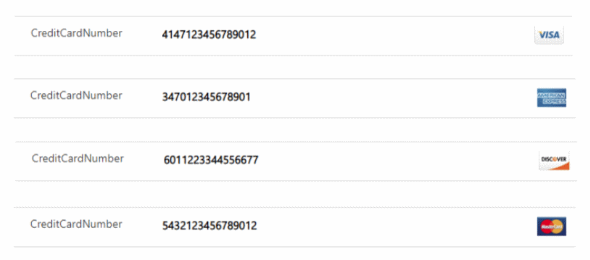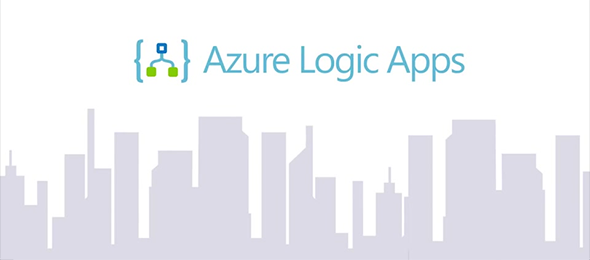Creating a simple canvas app component
As part of the 2019 October Release (Wave 2), Microsoft is introducing PowerApps Canvas App Components. Canvas App Components are reusable components that can be shared across multiple screens of your app, without the need to create or copy the component across the multiple screens. Create once, and use multiple times. Canvas App components can also be imported and exported, so that they can be used across multiple applications. This post will demonstrate how to create a simple component, add custom properties and use it from within your Canvas application

